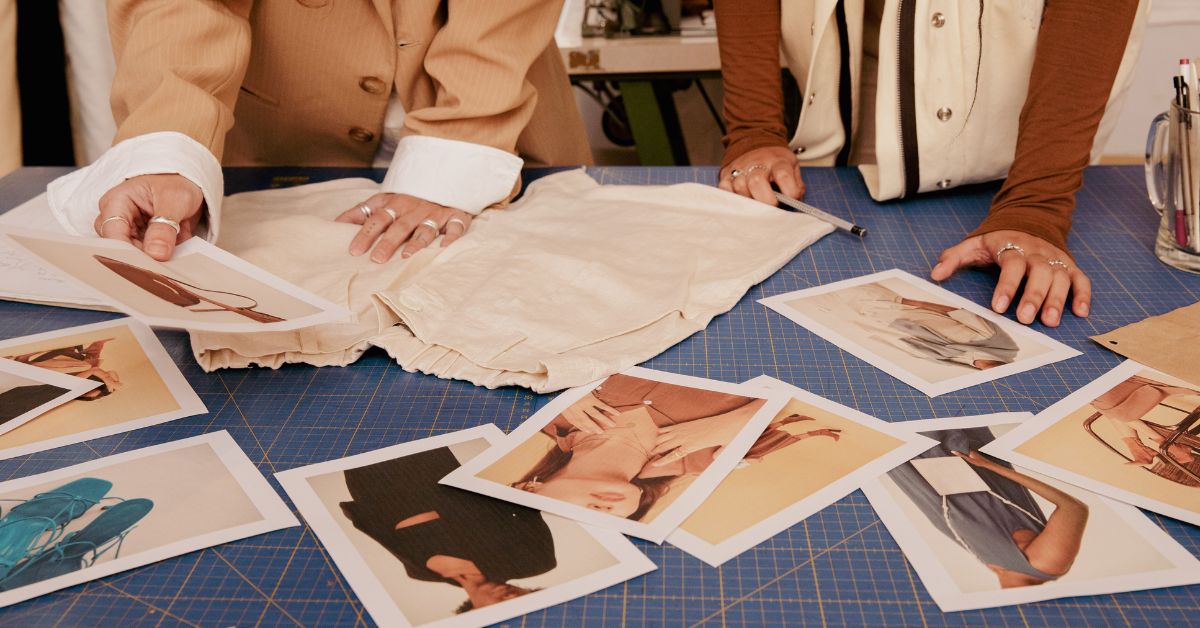There are different types of fashion designs, making it a dynamic and constantly evolving field. From haute couture to ready-to-wear, each category adds considerably to trend formation and catering to different wants of consumers. Fashion designs require creativity, imagination, and a grasp of cultural and social influences, allowing designers to develop distinctive styles and statements.
In this article, we will learn about the different types of fashion designing, delve into the roles they play in the industry, and how they impact fashion trends and expressions of individuals. Whether you’re interested in sportswear, luxury, or sustainable fashion, knowing these categories will help your fashion journey.
- What are the 7 Types of Fashion Designing?
- Haute Couture
- Ready-to-Wear
- Mass Market
- Luxury Fashion
- Sportswear and Activewear
- Eco-Friendly and Sustainable Fashion
- Avant-Garde Fashion
- Conclusion: Which Fashion Path is for You?
What are the 7 Types of Fashion Designing?
Wondering how many types of fashion design exist? There are seven major types that shape the fashion industry. Here’s a look:
- Haute Couture
- Ready-to-Wear
- Mass Market
- Luxury Fashion
- Sportswear and Activewear
- Eco-Friendly and Sustainable Fashion
- Avant-Garde Fashion
1. Haute Couture
Exclusivity and Craftsmanship Involved
2. Ready-to-Wear
Role in Mainstream Fashion Markets
3. Mass Market
Mass market fashion, also called fast fashion, refers to low-cost clothing that is quickly manufactured and sold to keep up with the trends. Brands like Zara, Forever 21, and H&M are famous for their fast fashion offerings. These brands quickly replicate runway styles and create large quantities at affordable prices. Due to the focus on speed and affordability, fast fashion usually ignores quality, and the garments are designed to last only for a short period of time before they get replaced by new trends.
Fast fashion has a big impact on the industry by making clothes which are trending available for everyone. However, it has also led to challenges, like low-quality working conditions in manufacturing setups, excessive water, and negative environmental impacts due to excessive production.
Sustainable Alternatives
To decrease the negative effects of fast fashion, the majority of people are turning towards sustainable fashion. This includes making clothes in environment-friendly ways with the use of recycled and organic materials and making sure workers get fair wages. Brands like Everlane and Patagonia concentrate on sustainability. Another option is slow fashion, which involves purchasing lesser, good quality items that last for longer periods of time. Supporting these alternatives reduces the environmental impact of fashion while also encouraging improved industry practices.
4. Luxury Fashion
- Pricey materials
- Intricate designs
- High-quality garments
- Slow-production
Influence of Iconic Brands
Top brands like Gucci, Louis Vuitton, and Chanel shift fashion trends globally. These brands are also famous for their enduring designs and high-status appeal. Their collections encourage not only the fashion industry but also influence styles seen in day-to-day fashion.
5. Sportswear and Activewear
6. Eco-Friendly and Sustainable Fashion
Innovations and Challenges in Sustainable Fashion
7. Avant-Garde Fashion
Avant-garde fashion is all about pushing boundaries with bold, unconventional designs. These clothes often challenge traditional ideas of style and beauty, using unusual shapes, materials, or concepts to create something entirely new and unexpected. It’s more about artistic expression than everyday wear.
Creativity plays a big role in avant-garde fashion, enabling designers to explore and express their own vision. It is a type of fashionable art, where clothing conveys a story or makes a statement, often seen on top fashion runways or in creative illustrations.
Conclusion: Which Fashion Path is for You?
Fashion design offers a wide range of opportunities, with types of fashion design that cater to different creative and practical needs. Whether it’s haute couture, ready-to-wear, or eco-friendly styles, the different types of fashion available today allow designers to explore diverse aesthetics and trends. Each type of fashion design reflects unique approaches, materials, and philosophies.
If you’re inspired to dive into different types of designs and discover what fits your style, there are various types of fashion designing courses that can help you build your skills. Interested in exploring your fashion design potential? Join AAFT Online’s comprehensive Diploma in Fashion Design course and turn your passion into a successful career!


















